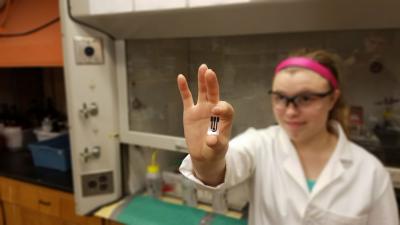Subscribe to Our Newsletters
Feedstuffs is the news source for animal agriculture
Simple, cheap set of handheld tests created - borrowing concepts from medical diagnostic devices - to detect presence of many water or foodborne pathogens.
March 9, 2017

You May Also Like